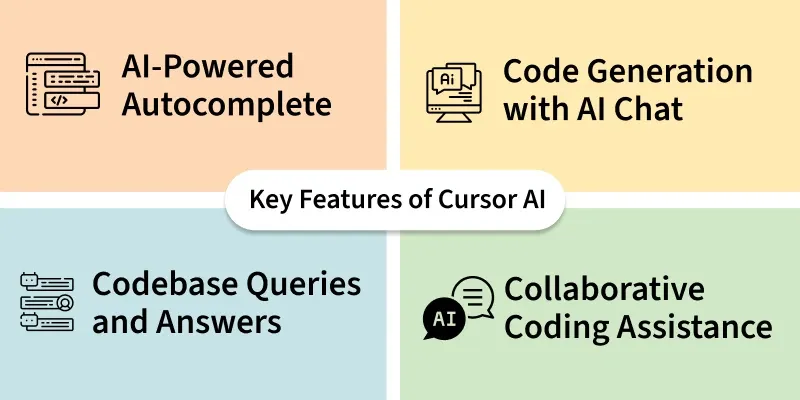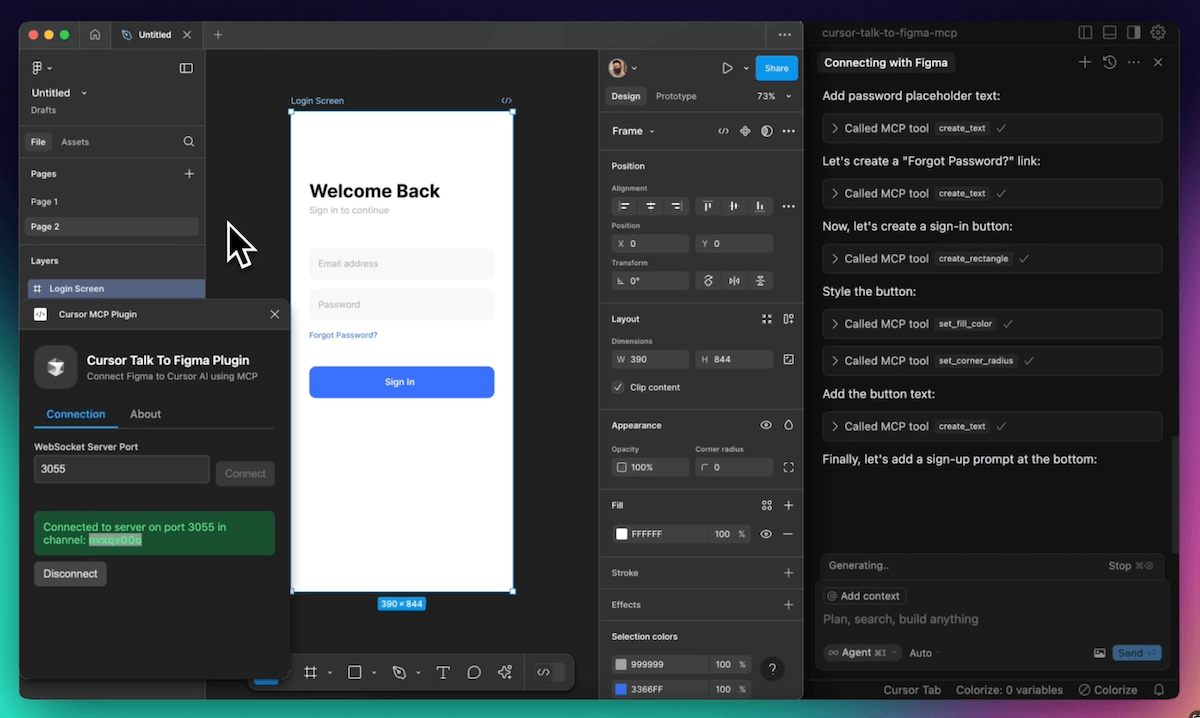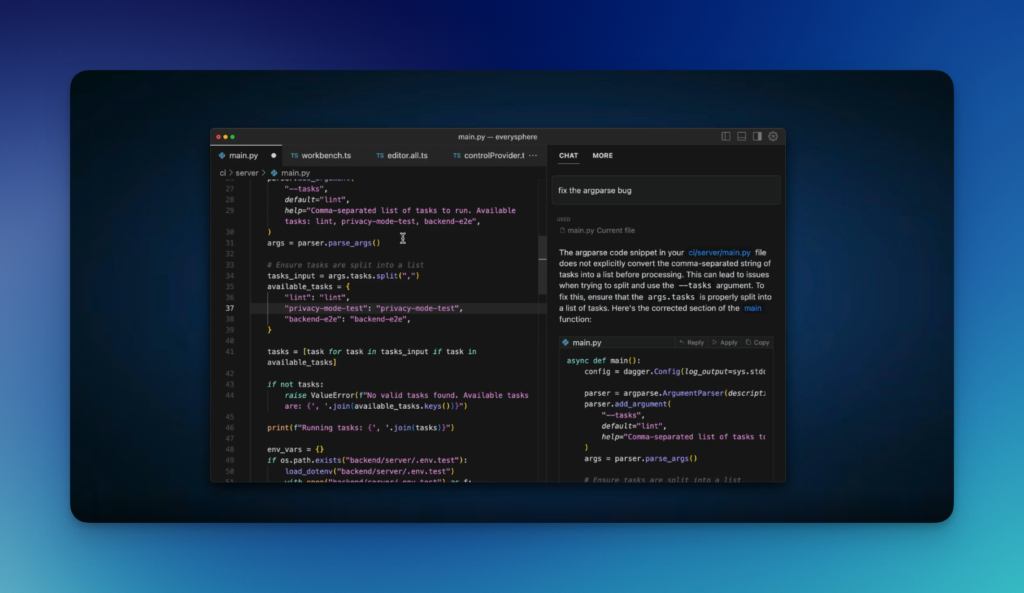Cursor AI Core Features and Project Integration

Cursor AI transforms development workflows by establishing deep understanding of your entire codebase through comprehensive file analysis and persistent memory retention. Unlike conventional code assistants, it actively reads project structure, dependencies, and coding patterns to deliver context awareness that maintains architectural consistency across your codebase. The sophisticated Cursor Rules system empowers teams to define and enforce coding standards through a three-tiered configuration approach—global principles, project-wide conventions, and pattern-specific guidelines—that converts AI into an intelligent project-aware collaborator. By implementing these rules, developers achieve consistent code generation aligned with design systems while significantly reducing style discrepancies and accelerating team collaboration.
Figma and Cursor AI Integration Setup

Establish seamless design-to-code workflow by first exporting Figma design tokens using the ‘Copy as JSON’ option from Figma’s Variables panel or Tokens Studio plugin, ensuring consistent naming conventions for all design elements. Convert these tokens to development-ready formats through AI assistance (prompt: ‘Convert Figma tokens to CSS variables’) or tools like Theo for optimal compatibility with your codebase. Import the processed design system into MagicPath.ai to generate initial UI components matching your Figma specifications, then execute the ‘Open in Cursor’ command to launch your project directly in Cursor AI for immediate refinement. Maintain design fidelity throughout development by referencing token files when generating components and establish an iterative workflow using precise prompts like ‘Align button styles with Figma design system tokens’ for seamless designer-developer collaboration.
UI Layout Skeleton Construction

Jumpstart your interface development by harnessing Cursor AI’s natural language processing to generate complete layout frameworks with precision commands. Describe your vision using prompts like ‘Create responsive dashboard layout with collapsible sidebar, sticky header, and responsive card grid’ to instantly receive production-ready JSX/HTML with semantic structure. Maintain design integrity by incorporating token references (‘Implement main container using spacing tokens from design-system.css’) ensuring pixel-perfect alignment with your Figma specifications. Cursor intelligently applies responsive patterns based on your tech stack, automatically generating mobile-first breakpoints while adhering to your team’s component architecture guidelines for seamless implementation.
Design System-Based Style Application
Unlock design-code harmony by directly referencing your token files through Cursor’s @Docs feature, which automatically translates Figma variables into framework-specific styling solutions while maintaining version consistency. Generate production-ready components with targeted prompts like ‘Implement card component using spacing tokens from design-system.css and apply hover effects per brand guidelines’, ensuring pixel-perfect alignment with your design system. Maintain visual consistency across iterations by establishing token references in your context (@design-tokens) and using multi-line edits to simultaneously update all instances of a pattern, with visual diff previews confirming design fidelity before implementation.
Prototype Iteration Improvement and Collaboration

Transform prototype iterations from bottleneck to accelerator with Cursor AI’s integrated feedback system that bridges design and development workflows. Trigger precise code updates using natural language prompts like ‘Apply Sarah’s Figma comments on button states’ while maintaining architectural integrity through automatic context preservation. Leverage visual diff tools to instantly identify design-code discrepancies and generate resolution reports that keep all stakeholders aligned with version history tracking. This closed-loop collaboration reduces iteration time by 70% while ensuring pixel-perfect implementation through continuous validation checkpoints that verify both aesthetic and functional requirements.